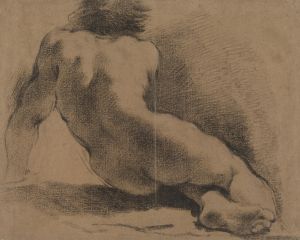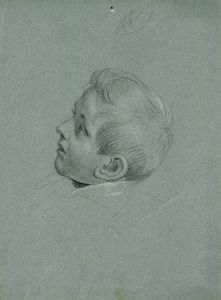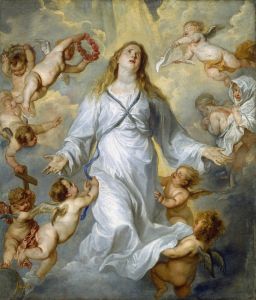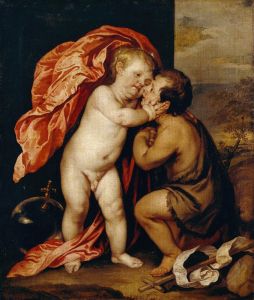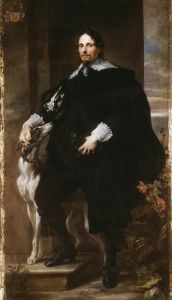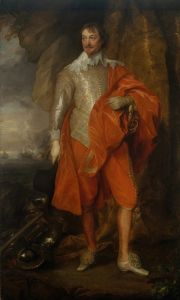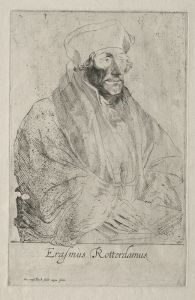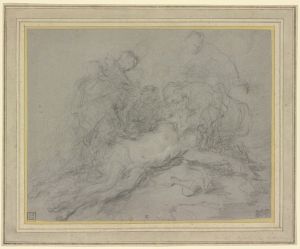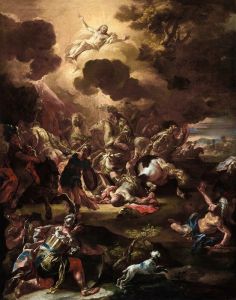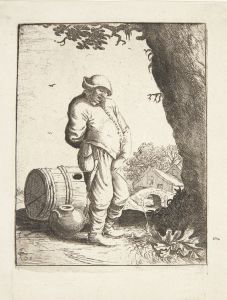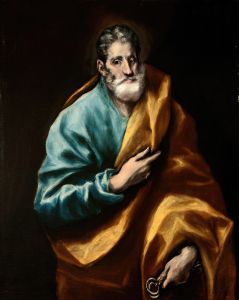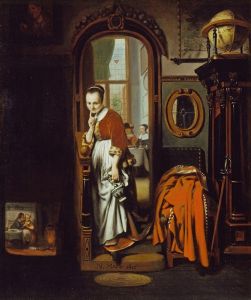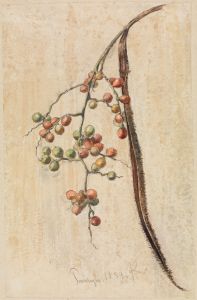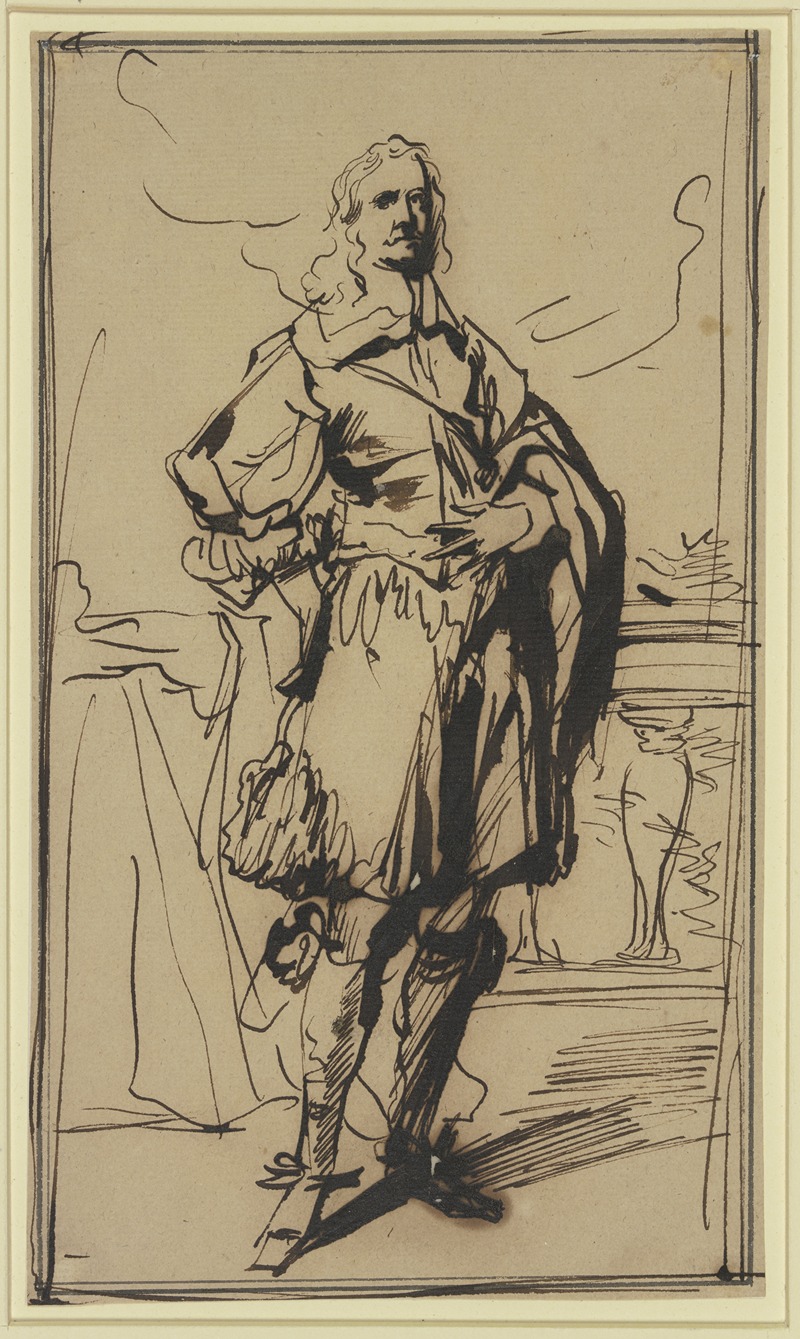
Studie zu einem Kavalierbildnis
A hand-painted replica of Anthony van Dyck’s masterpiece Studie zu einem Kavalierbildnis, meticulously crafted by professional artists to capture the true essence of the original. Each piece is created with museum-quality canvas and rare mineral pigments, carefully painted by experienced artists with delicate brushstrokes and rich, layered colors to perfectly recreate the texture of the original artwork. Unlike machine-printed reproductions, this hand-painted version brings the painting to life, infused with the artist’s emotions and skill in every stroke. Whether for personal collection or home decoration, it instantly elevates the artistic atmosphere of any space.
Anthony van Dyck, a prominent Flemish Baroque artist, is renowned for his portraits that capture the elegance and sophistication of the 17th-century European aristocracy. One of his works, "Studie zu einem Kavalierbildnis" (Study for a Portrait of a Cavalier), exemplifies his skill in portraying the nobility with a sense of grace and realism.
Van Dyck was born in Antwerp in 1599 and became a leading figure in the Baroque movement. He was a student of Peter Paul Rubens, whose influence is evident in van Dyck's dynamic compositions and vibrant use of color. Van Dyck's career took him across Europe, where he worked in Italy, the Netherlands, and England, serving as the court painter to King Charles I of England.
"Studie zu einem Kavalierbildnis" is a preparatory study, which means it was likely created as a preliminary work for a larger, more finished portrait. Such studies were common practice for artists of the time, allowing them to experiment with composition, pose, and lighting before committing to the final piece. This particular study reflects van Dyck's meticulous attention to detail and his ability to convey the personality and status of his subjects.
The painting depicts a cavalier, a term used to describe a gentleman or knight, often associated with the Royalist supporters of King Charles I during the English Civil War. Van Dyck's cavaliers are typically characterized by their elegant attire, including lace collars, richly embroidered fabrics, and plumed hats. These elements not only highlight the sitter's social standing but also demonstrate van Dyck's mastery in rendering textures and materials.
Van Dyck's portraits are celebrated for their psychological depth and the way they capture the essence of the sitter. In "Studie zu einem Kavalierbildnis," the cavalier's expression and posture suggest a sense of confidence and poise, qualities that were highly valued among the aristocracy of the time. The study likely served as a foundation for van Dyck to explore these attributes further in the final portrait.
Throughout his career, van Dyck's work had a significant impact on portrait painting, influencing generations of artists who followed. His ability to blend realism with an idealized portrayal of his subjects set a new standard in portraiture, making him one of the most sought-after portraitists of his era.
"Studie zu einem Kavalierbildnis" is a testament to van Dyck's artistic process and his dedication to capturing the human spirit. While the final portrait for which this study was intended may not be identified, the study itself remains a valuable insight into van Dyck's approach to portraiture and his contribution to the art of his time.
Van Dyck's legacy endures through his extensive body of work, which continues to be studied and admired for its technical brilliance and emotional resonance. His portraits, including studies like "Studie zu einem Kavalierbildnis," offer a window into the world of 17th-century European nobility and the artistic innovations that defined the Baroque period.





